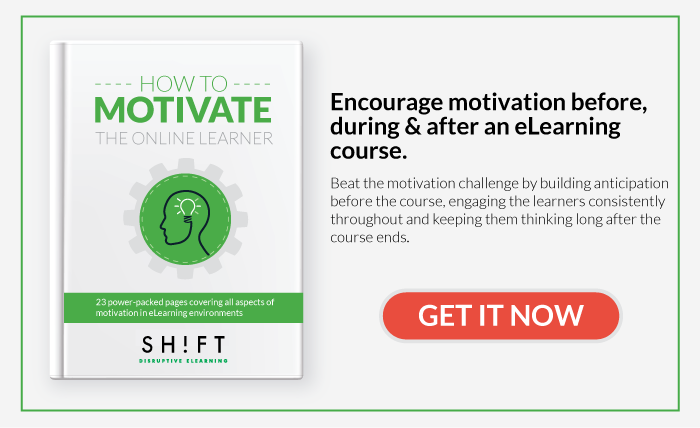Millennials will make up 75 percent of the workforce by the year 2025. As more millennials become a part of your team, the discussion of how to properly onboard them floats to the surface. Training millennials isn’t the same as training their predecessors—they’ve grown up in the age of technology where they’re always engaged and stimulated by phones, social media and more.
One method to try is using video in your eLearning courses. Not only is it familiar for millennials, but it also has a digestible format, and can be accessed easily on mobile devices. If you’ve never done this before, use these five tips to make this new onboarding process as effective as possible.
1) Get to the Point
It’s no secret that Millennials, like most of us living in this digital age, have a short attention span—shorter than goldfish, to be exact, tapping out at a whopping 8 seconds. While your video will be longer than 8 seconds, of course, you can use a string of short video clips to get to the point in a way that’s engaging.
Instead of creating one long video, even if it can be stopped and started again, use short tutorials and modules that are well categorized. You can even use a tool like ThingLink to make the layout of the onboarding video page more interesting and valuable.
2) Show them their Future
Millennials like to focus on the bigger picture, always looking ahead at how they can grow themselves and their career, whether that’s with your company or another. Because of this mindset, only 16 percent of millennials see themselves with the same employer a decade from now.
Use your videos to keep these employees around. Show the long-lasting impact they’ll personally have on the company, along with opportunities for growth. It may seem fast to talk about how an employee who has just started a job can grow within the company, but Millennials need to know that opportunity is there, or they’re likely to look elsewhere.
If you have employees who grew within the company, include a short clip of each one talking about their experience. This social proof will be incredibly valuable for the new employees.
3) Keep it Online (And Organized)
Rather than requiring newbies to sit in a room and watch videos in the office, keep everything online so they can watch at their own pace. This autonomy is important for these employees, along with ease of use and access.
“New hires, especially millennials, appreciate a well-organized and easily accessible online orientation and onboarding process. They love being able to find online what they need when they need it. Being told they need to wait a week or more until the next in-person orientation session is torture. They don’t like to wait for any information. They live and breathe an instant access-it-now mentality,” according to the HR Gazette Team.
Keep all eLearning courses on your LMS, a page or dashboard, where employees can easily access them on day one. If a username and password is required, have it emailed before they arrive in the morning so they can get started right away.
4) Recruit Company Managers
Training videos usually contain a large amount of information. This can be hard to relay, especially when it’s coming from one person, who may not have the must-know details. To avoid this issue, ask managers from each department to create a short video (3 minutes or less), explaining how the employee is connected to this part of the business, and any tasks they may have related to it. For example:
- HR: Talk about inputting hours and pay schedule.
- Finance: Share information about monthly company-wide finance meetings.
- Marketing: Discuss need for more social media input and a way to share any ideas the employee may have.
Assess the videos each quarter or year to determine if updates need to be made. Because each video is short, it shouldn’t take much time for someone to re-do theirs with the new information.
5) Personalize and Reward
Personalize the onboarding process to make each employee feel special with rewards for completing each module. Companies like LinkedIn use a similar strategy for new hires, giving them a personalized goodie bag on their first day. Integrate this with multimedia resources like eLearning courses with videos, however, as a way to motivate millennials to take the onboarding training. Track where they are in the process and leave the appropriate gift on their desk each morning.
This fun idea will encourage them to get the onboarding done quickly, while giving you a chance to say, “Way to go” during their first week. These gifts can be small, even branded swag like a t-shirt or mug will work.
Include video in your mobile learning strategy to keep your millennial employees excited and engaged from day one. With short clips and a well-organized dashboard, they’ll feel good about the company they’re working for.
Related articles:
- 9 Ways to Use Video in Your Online Training Courses
- How Do I Produce Video for My eLearning Courses? A DIY Guide


-385156-edited.jpg)
